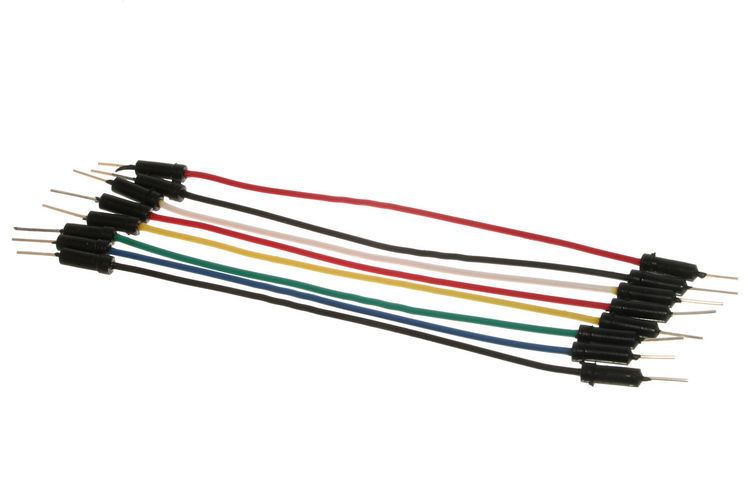 | ||
A jump wire (also known as jumper, jumper wire, jumper cable, DuPont wire, or DuPont cable – named for one manufacturer of them) is an electrical wire or group of them in a cable with a connector or pin at each end (or sometimes without them – simply "tinned"), which is normally used to interconnect the components of a breadboard or other prototype or test circuit, internally or with other equipment or components, without soldering.
Individual jump wires are fitted by inserting their "end connectors" into the slots provided in a breadboard, the header connector of a circuit board, or a piece of test equipment.
Types
There are different types of jumper wires. Some have the same type of connector at both ends, while others have different connectors. Some common connectors are:
